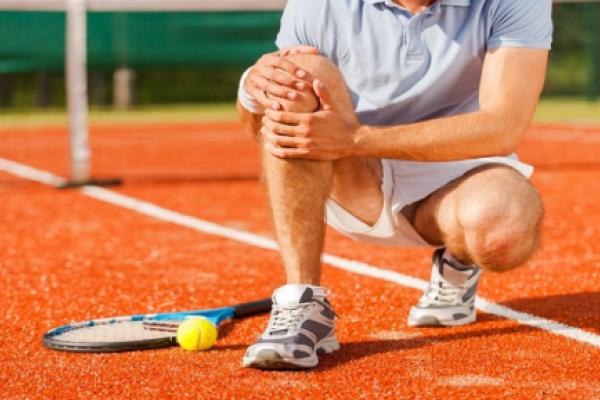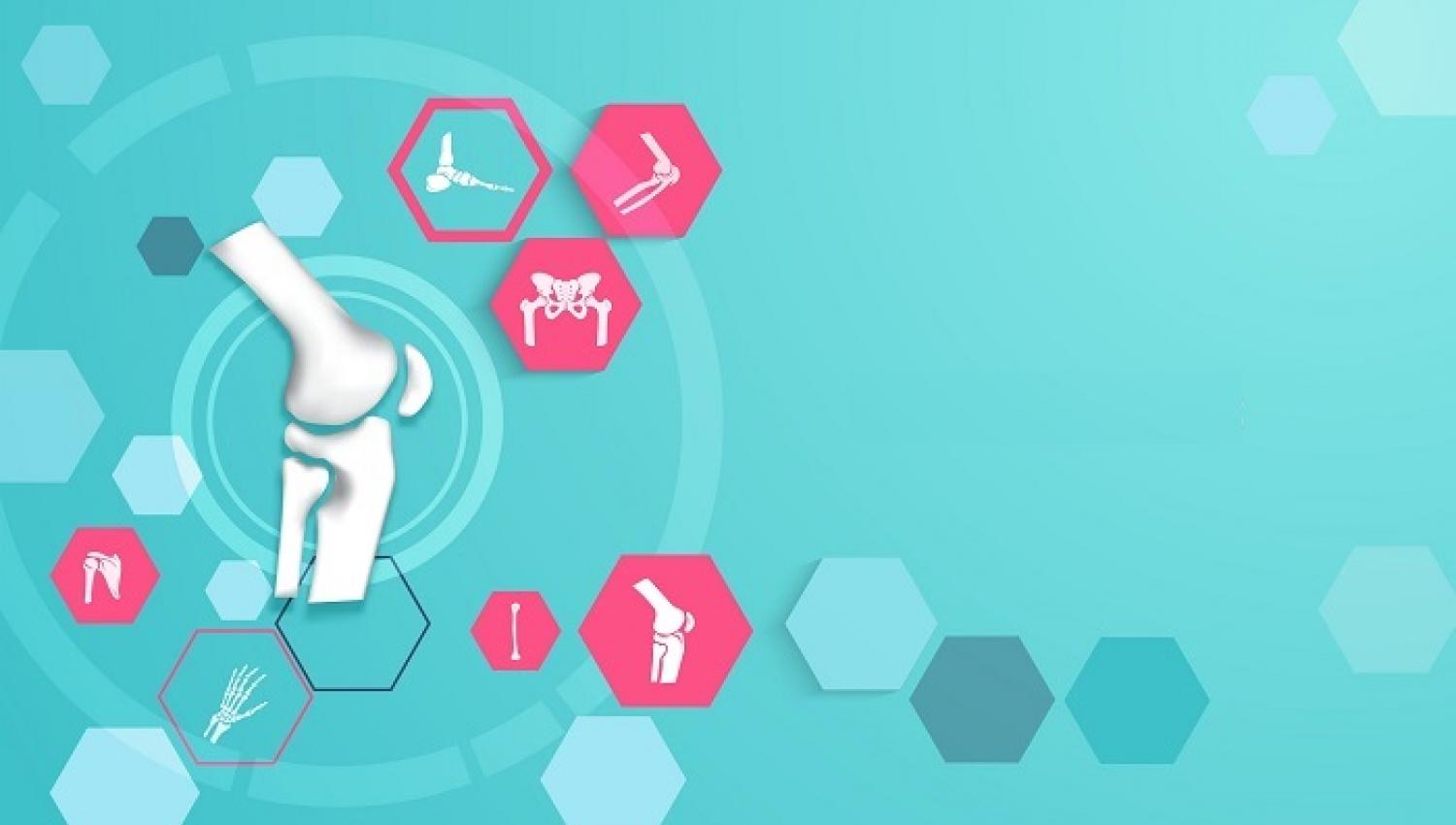What is the Frequency of Sports Injuries?
“Tendon-muscle” injuries are in the first place among “sports injury” visits to emergency departments and are accepted to account for 30% of all visits. After that, injuries such as fractures, skin lesions, abrasions, and burns constitute the order of frequency of admission. Regionally, ankle injuries rank first, followed by injuries to the fingers and face. Ankle injuries constitute 12% of all injuries. If the foot cannot be stepped on after an ankle injury, if there is severe pain-swelling, numbness, bruising, joint integrity is impaired, and instability is present, professional help should be sought by consulting a doctor.
What to Do First in a Sports Injury?
The first step of first and emergency aid treatment is rest, ice application, compressive bandage, and elevation of the injured extremity.
Tendon injuries also constitute an important topic in sports injuries, most frequently Achilles tendon problems are observed. The Achilles tendon is the strongest tendon in the body, extending from the back of the knee to the back of the heel bone. Since it is seen in a wide range from tendinitis to complete ruptures, there are different treatment options from conservative treatments to surgical applications.
Cramps and muscle spasms are very common in sportive activities, the exact cause is not known, but it is accepted that they may develop due to muscle strain and fatigue, lack of training and conditioning, dehydration, electrolyte deficiency, or overloading of unwarmed muscles. Although cramps are very painful conditions that develop suddenly, you should be calm when they occur and know that they will regress spontaneously, stretching the spasmed muscle accelerates recovery.
The most common complaint in runners and amateur runners is "knee pain", which is often accompanied by pain, swelling, and increased complaints when climbing and going down the stairs. Running causes problems in the knee cartilage, which is strained with loads several times the body weight and needs to be evaluated and treated by an orthopedist.
In order to prevent this condition, which is defined as "runner's knee", the choice of "sports shoes and sports floor" is important. In addition, strengthening of the muscles around the knee and stretching exercises should be done. It is important to warm up and stretch the muscles before starting the run and to "cool down, that is, to slow down and end the sport" after the run. The training distance should also be increased gradually and slowly, for example by 10% once a week.
A Foot Problem Known as Plantar Fasciitis is also Çommon in Runners
Again, runners, dancers, jumpers, and aerobic exercisers develop pain in the front of the legs, which requires professional medical diagnosis and treatment. In this condition, called shinsplint, low levels of vitamin D are observed in some cases but the exact cause is unknown.
Golf and weightlifting athletes have the most common "lower back problems", both of which involve overloading of the lower back during sporting activity.
Athletic problems such as tennis and golfer's elbow, runner's knee, and shinsplints are believed to develop due to "overload". The solution to these chronic problems requires specialist support.
The most common knee injuries, internal lateral ligament, and cruciate ligament injuries are seen in skiers, while "snowboard" injuries are seen in the hand and wrist.
The most serious and fatal sports injuries are "head traumas" and are most frequently encountered by bicycle and motorcycle riders. It is possible to prevent 85% of these serious injuries with the appropriate use of helmets and headgear.
Before the start of sports activities, "warming up", which is similar to the sport to be practiced but with lower activity, increases the "lung respiratory capacity", prepares the muscles for challenging exercises, increases their temperature, and also adjusts blood circulation. In this way, sports injuries should be prevented. Muscle stretching exercises should be done after the exercise is completed, there is no scientific evidence that stretching before training prevents sports injuries but stretching exercises are important either after exercise-training or after a good warm-up before training and then stretching.
Recommendations for the prevention of sports injuries:
- Excessive activities and repetitive strain should be avoided,
- Attention should be paid to the "warm-up" period before the training or activity,
- Stretching exercises should be performed after this warm-up and also after the training
- It is important to choose shoes and replace them before they wear out too much
- Floor selection is important
- It is important to eat a balanced diet, rest regularly, avoid dehydration, and pay attention to electrolyte balance
- The level and duration of exercise should be increased as you train
Diagnosis and treatment of sports injuries require teamwork, and it is appropriate to have Orthopedics and Traumatology Specialists, Sports Physicians, Physical Therapy and Rehabilitation Specialists, Physiotherapists, and other specialists for the injured organ and tissue.
”





